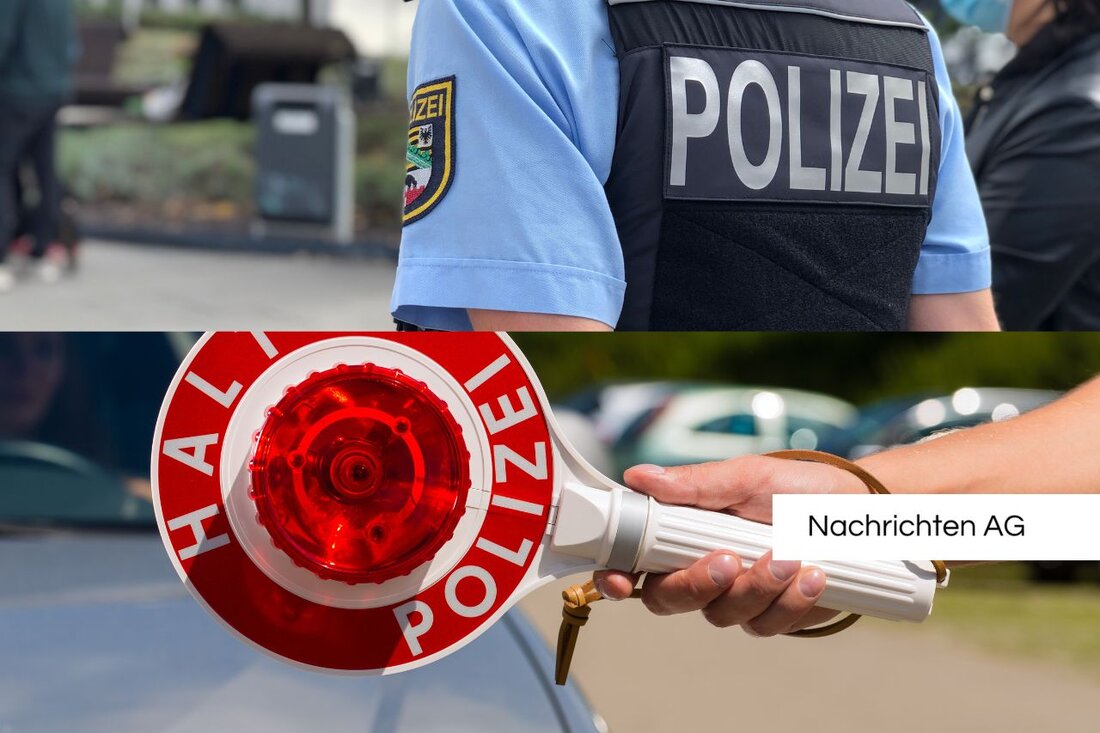Lifelong punishment for Trebbin: murder or euthanasia?

Lifelong punishment for Trebbin: murder or euthanasia?
In a sensational process before the Potsdam District Court, Norbert S. (74) was sentenced to lifelong prison for the murder of his seriously ill woman Anneliese S. (74). The case not only has legal, but also emotional dimensions that protrude deeply into the public discussion about euthanasia and delimitation to kill on request. As maz-online.de reports, the jury chamber considered during the five -day process whether it was murder or a form of euthanasia.
The accused claimed to have acted in an amicable act of euthanasia. He said that he had agreed with his wife to help each other in the event of her serious illness. However, the chamber came to the conclusion that there was no real agreement. Anneliese was unsuspecting and was attacked with a hammer in her sleep until Norbert could no longer continue. "There was no desire to death," said the chamber and also pointed out that Anneliese had a strong will to live despite her severe leukemia and did everything to take care of her husband.
The legal gray areas of euthanasia
As the legal framework shows, the delimitation between punishable killing and permissible euthanasia is anything but clear. According to the legal provisions, active killing on request (§ 216 StGB) in Germany is punishable, even if the victim has expressed such a wish. In contrast, the aid for suicide is generally not punishable. This complex matter makes it clear how important a clear medical and legal care is in such cases. The Federal Constitutional Court has already noticed that the right to self -determined dying is a fundamental right, which further fuels the discussion about euthanasia, such as Anwalt.de It is interesting that in Germany the delimitation between impunity and punishable killing at the request of the victim at the request of the crime and the serious request of the victim. In the case of Norbert S., it was decided that he was solely responsible and checked by the violent act, which gave him fully granted.
What does that mean in practice?
The laws of euthanasia and living will are clear, but how is that implemented in practice? An important point is the living will that can be presented by the person concerned. This enables people to define their will in medical matters. In Anneliese S. Fall, however, there was no such decision, which only increased the clouding of the water from a legal point of view. According to dghs.de it is of the most important that all those involved, including relatives and treating doctors, will find out and respect the real will of the patient.
In summary, it can be said that the case of Norbert S. throws a scary light on the emotional and legal challenges, which are associated with the question of euthanasia and self -determined dying. The judgment is not yet final; The defense lawyer has announced that the topic has certainly not yet been completed.| Details | |
|---|---|
| Ort | Trebbin, Deutschland |
| Quellen | |
